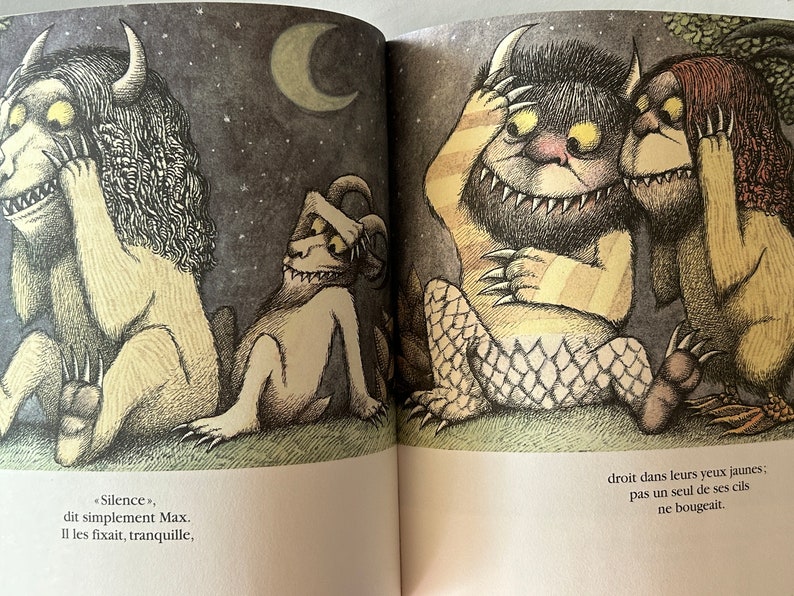


Sendak himself enthusiastically endorsed this impressive new interpretation of his art before his death in May 2012. Astonishing state-of-the-art technology faithfully captures the color and detail of the original illustrations. Annotation: Where the Wild Things Are is fifty years old! Let the wild rumpus with Max and all the wild things continue as this classic comes to life as never before with new reproductions of Maurice Sendak's artwork.And that's a great motivator for getting them to figure out how to decode the text. Kids can get a lot of what they need from the illustrations, but not quite everything. That's why picture books are so great for beginning readers. Where the sparse text leaves off, the pictures take over, and that's the real purpose of a picture book-not simply to illustrate what the text has already told us, but to give us even more information. Yes, they transport us to a magical realm, but they also capture Max's moods perfectly and help to move the narrative along. And Sendak's illustrations of fanciful creatures on an island with pink and gold palm trees do more than mesmerize. With its full pages of stunning pictures, including a six-page spread showing the highlights of the "wild rumpus" (30-35), it's no surprise that Where the Wild Things Are won the coveted Caldecott Medal soon after its publication. Sure, it has some deep themes that can be (and have been) analyzed exhaustively by adults, but the truth remains that Maurice Sendak set out to write this tale for children, and they are its intended audience. Where the Wild Things Are is kid lit because it's written for children in a way that appeals to and entertains them. But that's not what makes the book children's literature. The main character in Where the Wild Things Are, Max, is a child.

Children's Literature, Picture Book It's for the Kids


 0 kommentar(er)
0 kommentar(er)
